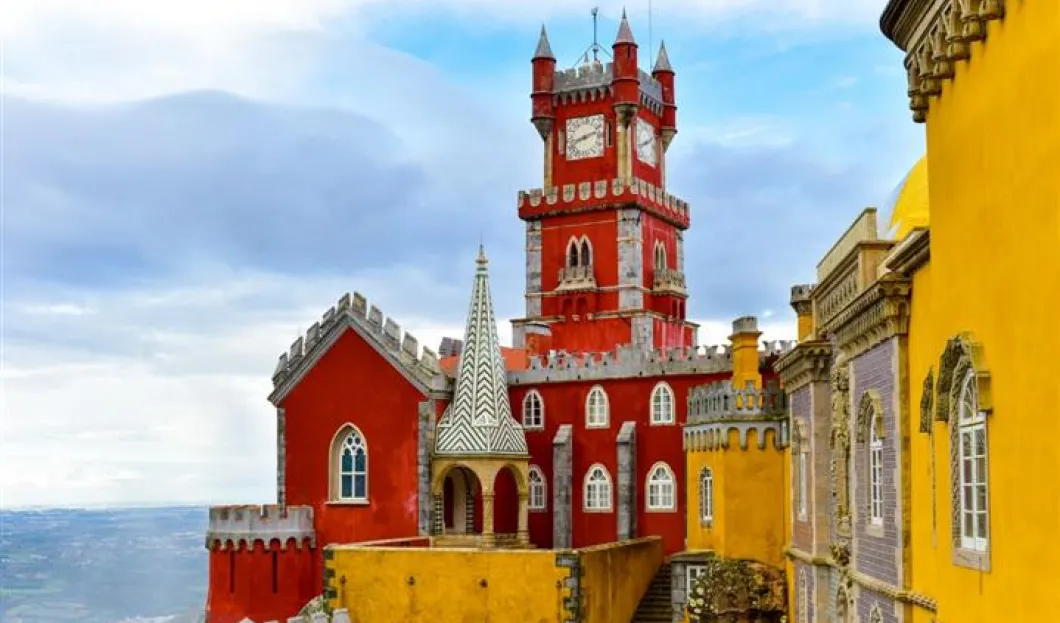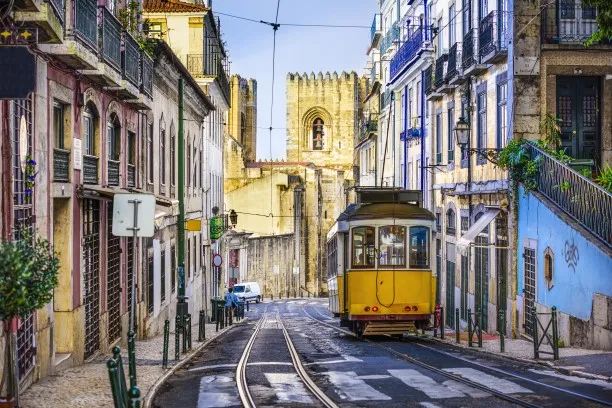
Off-season tourism in Portugal reports positive numbers – two million guests stayed in local hotels in January and February, which is an increase of 11% over the same months last year. The Minister of Economy regards the main impact of the growth on the employment rate.
Usually, the first two months of the year are low-demand months. But the boom that is taking place in Portuguese tourism has already reached the off-season.
“In 2016, tourism reached its best levels in recent years and the off-season tourism was responsible for two-thirds of such growth. The traditionally weaker months managed to attain the highest increases overall,” Manuel Caldeira Costa, Minister of Economy, explained. “The year of 2016 was our best so far and 2017 is expected to be really good as well”.
When analyzing the data, Caldeira Cabral reiterates how important these figures are for a better profitability for those who invest in tourism and, even more important, they also have a direct impact on employment.
“Seasonal work is wiped out. People are then hired for the whole year. Something that improves the overall stability, an element that is also beneficial to the hotel establishments.”
Moreover, in addition to an increase of 11% in the number of guests and 10% in overnight stays, the data show an increase of 16.2% in hotel revenues, which have amassed a total of 260 million euros in the first two months of the year.
“This proves how Portuguese tourism, even off-season tourism, is increasing in numbers and in quality. The Portuguese tourist product is increasing in value as we speak. It’s not low-cost tourism. People don’t come here just because it’s cheap,” the minister emphasized.
The Lisbon Metropolitan Area still ranks first in the table of tourist preferences, attaining an increase of 17.4% in overnight stays when compared to last year’s first two months, closely followed by the Autonomous Region of the Azores, with the latter reaching a 10.3% increase. “The growth is becoming more balanced in the various regions. In other words, Lisbon and Algarve have always been the undisputed highlights, but they are now showing moderate levels of growth. The Azores and Oporto, however, whose tourism tends to be not as relevant as the former, have both reached above-average increases,” Manuel Caldeira Cabral said.

The majority of tourists who spent a night in the local hotels are from abroad – 3.6 million overnight stays, 13.2% more -, being mainly from France and the United Kingdom. But Brazilian (+34.2%) and Polish (30.3%) tourists have also started to be acquainted with Portugal. The Portuguese who prefer to spend their holidays in their own country accounted for 1.5 million overnight stays during the off-season tourism period, which is a much more moderate growth, of only 3%.
The month of February, nonetheless, was a bit less strong than January, as it has registered a slowdown in the number of guests, overnight stays and revenue. Nevertheless, the Minister of Economy is absolutely sure: these are good results.
“There is a growth in the number of tourists, in revenue and there’s also a growth in the balance between the strongest and the weakest regions and even between the high and the low seasons. This is all compared to 2016, which is, so far, the best year ever for national tourism.”










